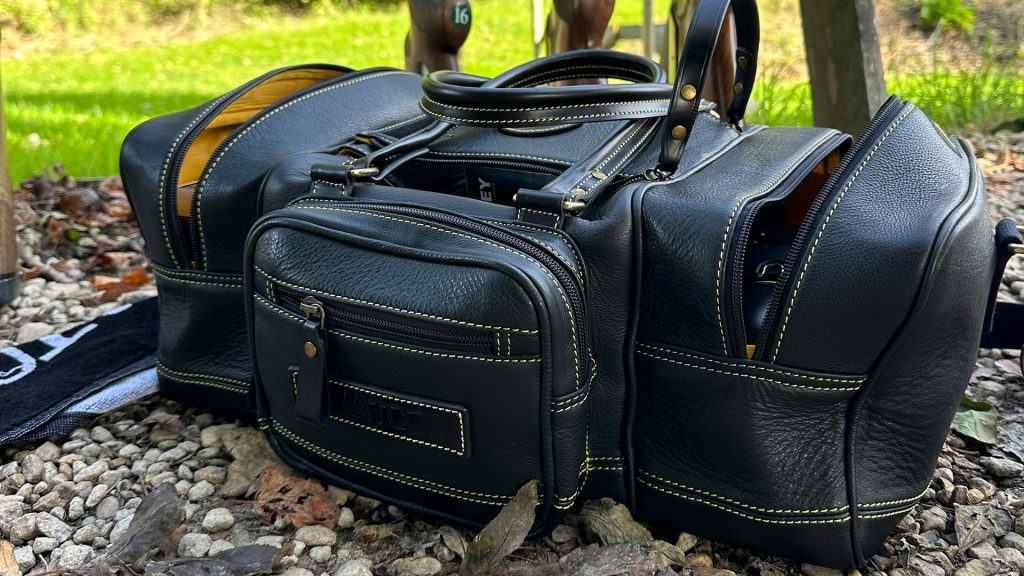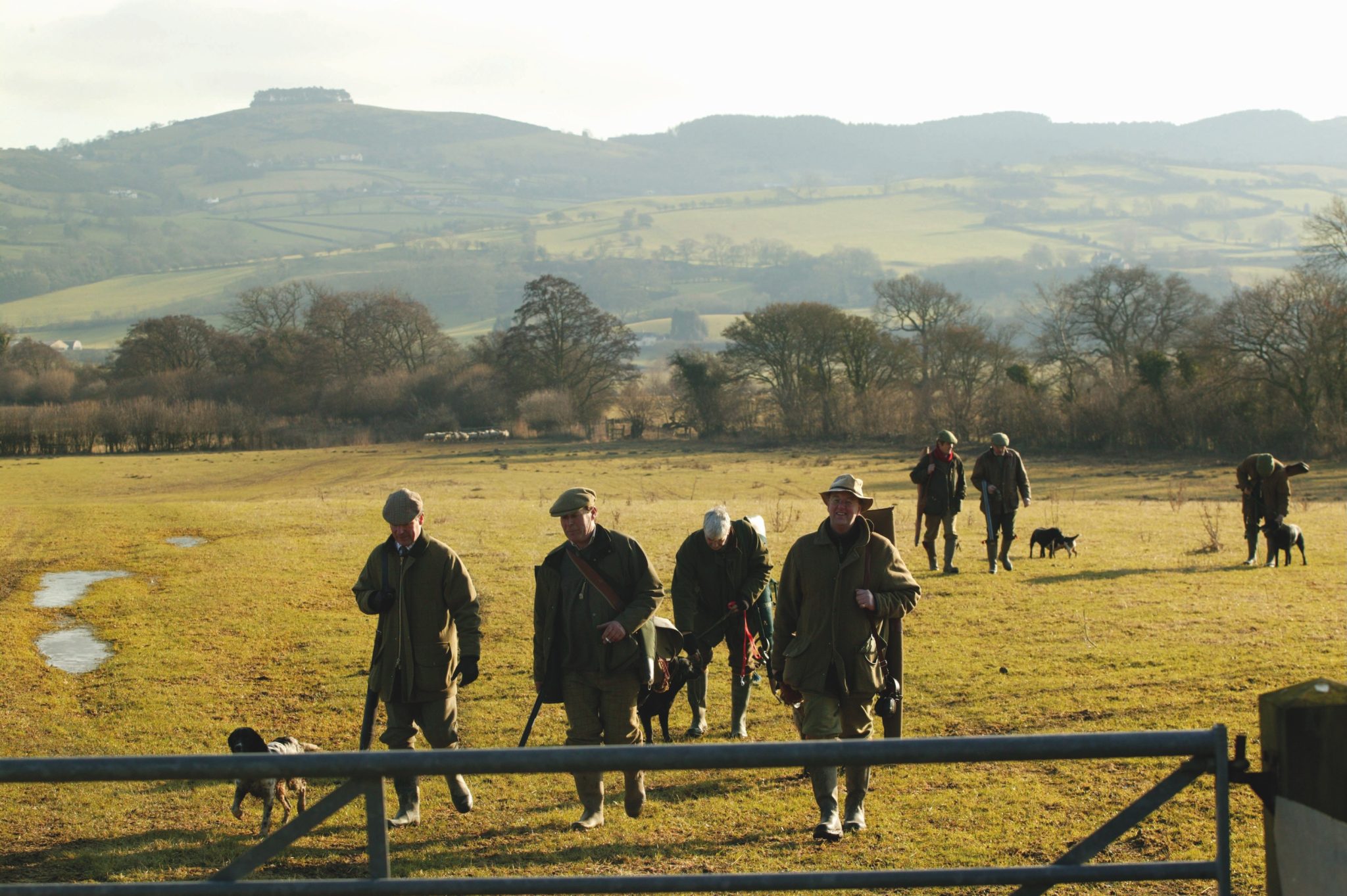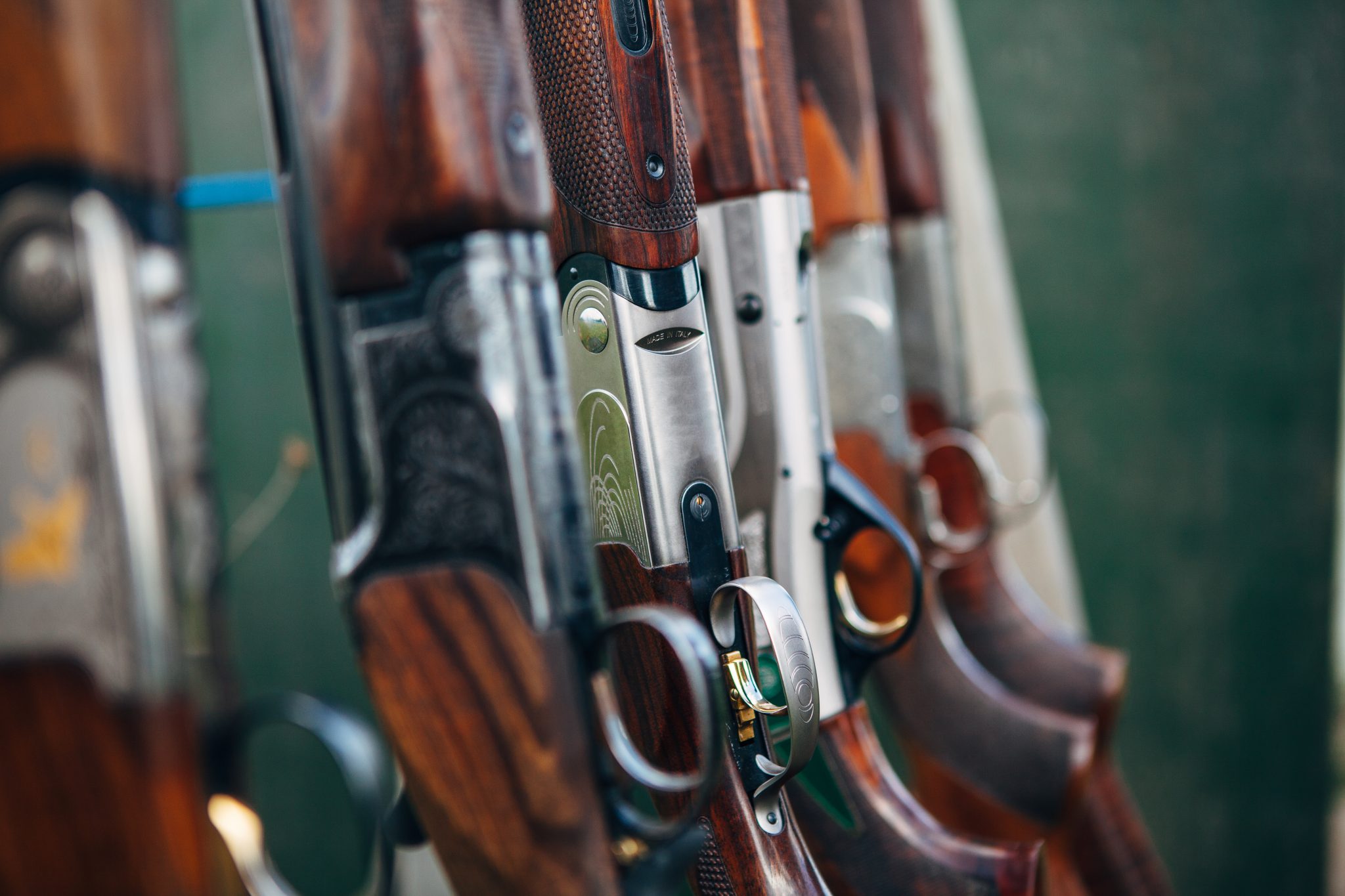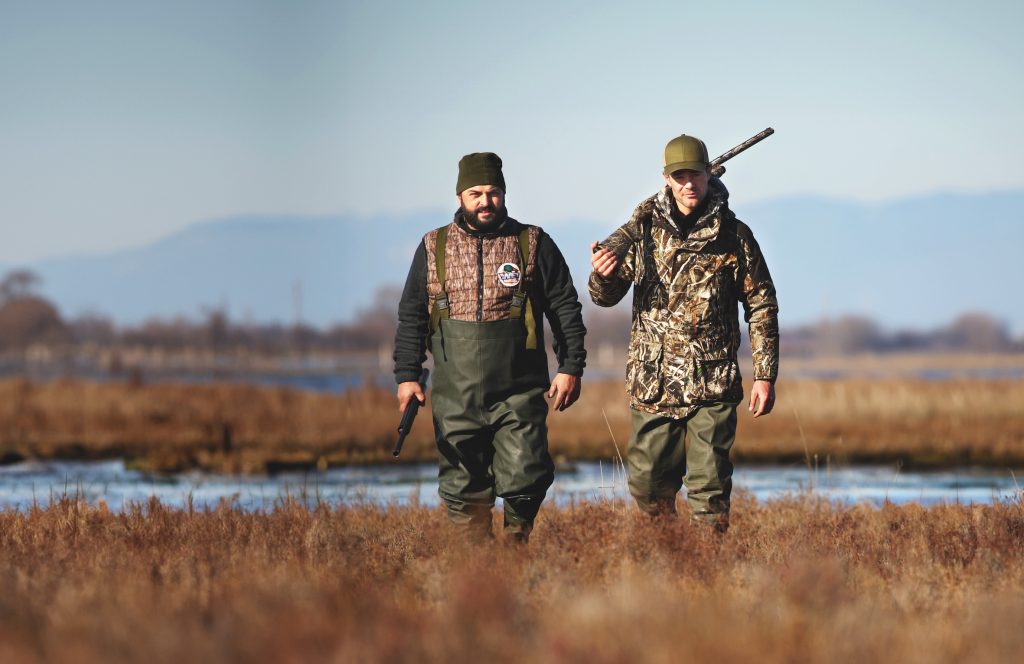Win CENS ProFlex DX5 earplugs worth £1,149 – enter here
The organised shooter: how to build a complete kit routine
Preparation is the quiet hallmark of a capable shot. Whether you’re heading to a game shoot, a day on the clays, or a stalking trip in the hills, the shooters who perform best and look effortless doing it are those who’ve built a consistent kit routine.

They’re never the ones fumbling for cartridges, shouting for ear protection, or leaving their gloves on the Land Rover dashboard. Instead, their gear is thought through, methodical, and perfectly adapted to the rhythm of a shooting day.
This article sets out a practical, repeatable workflow. From the moment you pack at home to the last drive or stand, to help you stay organised, safe and focused on what really matters: good shooting, good company and respect for the field.
1. Preparation begins before you leave home
Every smooth day in the field starts with an efficient pre-departure routine. It’s not glamorous, but it’s the difference between confidence and chaos.
Lay everything out the evening before. That means clothing, footwear, ammunition, and safety kit. A quick visual check of your essentials avoids last-minute stress and forgotten items.
Create a personal checklist
Keep a simple laminated list or note on your phone. Include:
- Gun slip and gun (with licence)
- Cartridges and choke key
- Hearing protection (ear defenders or plugs)
- Eye protection
- Shooting gloves
- Range bag or holdall
- Skeet or shooting vest
- Cleaning cloths or mat for aftercare
Ticking these off may sound obvious, but it reinforces discipline and consistency and habits that directly translate into performance on the peg or stand.
2. Prioritise safety equipment
Hearing protection is too often treated as an afterthought, yet permanent hearing damage can occur from a single unprotected shot.
There are two key styles: Shooting ear plugs, which offer a lightweight, low-profile fit ideal for those who wear hats or glasses, and shooting ear defenders, which provide instant protection and, if electronic, enhance ambient sound while suppressing gunfire.
Whichever you prefer, consistency is vital. Keep your protection with your cartridges or gloves so it’s always part of your pre-shoot ritual. Consider carrying a spare set — they weigh next to nothing and ensure you’re covered if a friend forgets theirs.
3. Build an efficient packing system
Organisation doesn’t end at the checklist. How you pack your kit can determine how smoothly your day runs.
A well-designed range or field bag keeps your essentials separated and accessible. Think of it as a mobile workstation: cartridges in one compartment, safety gear in another, and cleaning items tucked away neatly for later.

Use smaller pouches or fabric dividers to avoid loose kit rattling around. This keeps everything clean, quiet, and easy to find, particularly useful if you’re shooting in a team where time between drives or stands is short.
Top tip: always store wet or soiled items (like used gloves or cloths) in a separate pocket or dry bag. A simple habit that keeps your other gear lasting longer and smelling fresher.
4. Dress for function, not fashion
A good shooting vest or skeet vest is more than a style choice, it’s a piece of performance equipment. The right vest distributes weight evenly, provides fast access to cartridges, and improves your gun mount through reduced snagging.
When choosing one, prioritise fit and pocket placement. Cartridges should sit comfortably at hand level, and the vest should allow full shoulder rotation without pulling. Breathable materials and reinforcement around the shoulders add comfort across a long day.
Before each outing, check your pockets: fresh cartridges on one side, spent ones cleared from the other, and no loose items that could interfere with your mount. A tidy vest is a tidy mind, and it’s remarkable how much this small discipline improves flow and focus.
5. Hand protection for control and comfort
Shooting gloves divide opinion, but anyone who’s spent hours reloading, carrying, or cleaning will understand their value. The best gloves strike a balance between sensitivity and protection, giving you reliable grip on cold steel, but enough feel to control the trigger.
When trying gloves, check you can easily load cartridges, operate safety catches, and manage zips or fasteners without removing them. Gloves that are too bulky may hinder rather than help.
Keep a spare pair in your bag; they’re light and can be a day-saver if one gets wet or misplaced. Beyond warmth and comfort, gloves help prevent small cuts or abrasions that might otherwise distract you when it matters most.
6. On the ground: keep your kit tidy and ready
Once you’re in the field or at the ground, think like an organised craftsman. Every item should have its place and purpose.
Avoid scattering equipment on benches, tailgates or grass. Keep everything within easy reach but out of harm’s way, particularly your hearing protection and cartridges.
Between drives or stands, give your kit a quick visual once-over. Are your pockets reloaded? Is your ear protection still snug and powered? Are your gloves dry and secure?
Small, regular checks keep you composed and reduce mistakes later in the day. They also demonstrate respect for fellow guns, pickers-up and beaters, setting a professional tone on any shoot.
7. Respect your gun: after-use care and maintenance
At the end of a drive or the close of the day, caring for your firearm should be second nature. Moisture, dirt, and unburnt powder residue can do real damage if left unchecked.
Lay your gun on a flat and stable surface, ideally a padded or oil-resistant mat designed for cleaning. This protects both the firearm and the surface beneath it, preventing scratches or oil stains.
Related Articles
Get the latest news delivered direct to your door
Subscribe to Shooting Times & Country
Discover the ultimate companion for field sports enthusiasts with Shooting Times & Country Magazine, the UK’s leading weekly publication that has been at the forefront of shooting culture since 1882. Subscribers gain access to expert tips, comprehensive gear reviews, seasonal advice and a vibrant community of like-minded shooters.
Save on shop price when you subscribe with weekly issues featuring in-depth articles on gundog training, exclusive member offers and access to the digital back issue library. A Shooting Times & Country subscription is more than a magazine, don’t just read about the countryside; immerse yourself in its most authoritative and engaging publication.







